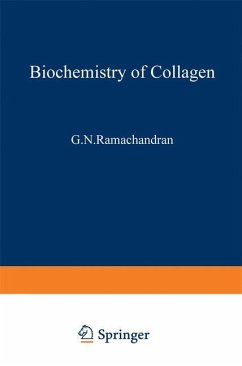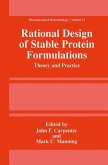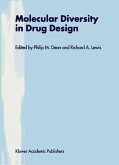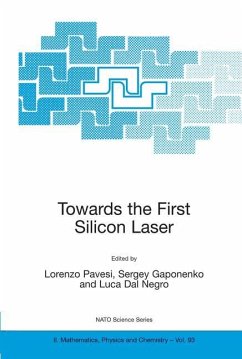Collagen is a fascinating protein not only because of its ubiquitous occurrence in multicellular animals, but also because of its unique chemi cal structure. As the predominant constituent in bone, cartilage, skin, tendon, and tooth, it is not surprising that collagen is of interest to anatomists, biochemists, biomedical engineers, cell biologists, dermatolo gists, dental surgeons, leather chemists, orthopedic surgeons, physiologists, physicians, zoologists, and a host of others. This book was planned to provide an up-to-date comprehensive survey of all aspects of biochemistry of collagen. The recent discovery of genetically distinct collagens with tissue specificity has opened a new era in collagen biochemistry, and Karl Piez discusses this in the opening chapter on primary structure. In the next chapter, Ramachandran and Rama krishnan deal with the molecular structure of collagen, placing special emphasis on the conformational aspects of its polypeptide chains. Follow ing the consideration of primary and secondary structure of collagen, the three-dimensional arrangement of collagen molecules in the fibrils is covered by Miller in Chapter 3. Collagen is generally in the insoluble state in the living organism due to the cross-linking of individual molecules, and Tanzer describes the various aspects of this cross-linkage in Chapter 4. The biosynthesis of collagen is discussed in depth by Prockop and his colleagues.
Hinweis: Dieser Artikel kann nur an eine deutsche Lieferadresse ausgeliefert werden.
Hinweis: Dieser Artikel kann nur an eine deutsche Lieferadresse ausgeliefert werden.








